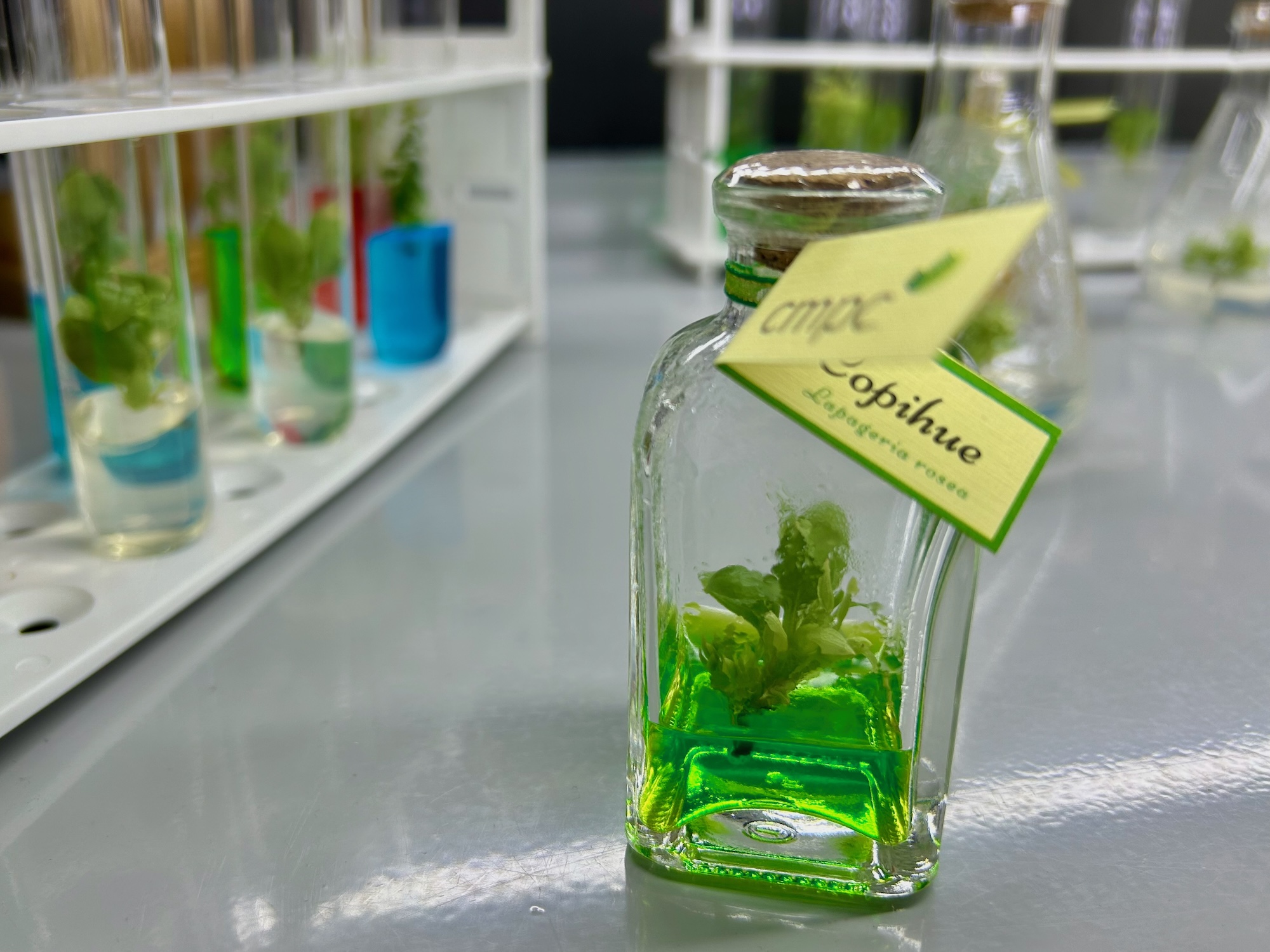Long-term and longer-term
Last Tuesday I had a very interesting visit (coordinated by Dr Verónica Emhart) and discussion with the breeding team at CMPC in Los Ángeles, southern Chile. This is part of a trip visiting organisations in Chile during December and January*.
I had offered to give a talk about our work breeding for solid wood products in pine and eucalypts at the School of Forestry, University of Canterbury. I pointed out to the audience that this type of talks to me are really an excuse to have a conversation, and we did have hours and hours chatting with plenty of questions going both ways!
Breeding is a long-term endeavour, that goes well-beyond the quarterly-reporting demands in companies. So I was happy to see in the conversation that there was plenty of long-term thinking in the breeding programme.
At the same time, there is “longer-term thinking”. I remember visiting CMPC as a young forester 30 years ago and most work at that time was in radiata pine. Business and climate change have meant a transition from pine to eucalypts, first to E. globulus then to E nitens and now increasingly the E nitens x globulus hybrid. This type of change stresses resources in a breeding programme, but it also creates interesting opportunities for refining one’s understanding of site variability and the link between tree characteristics and end-product requirements.
At the end we run out of time, but I hope I can visit them again soon and continue the conversation.
*Part of an Erskine programme, where the University of Canterbury gives me the opportunity to travel to improve understanding that contributes to my teaching.
PS. In the micropropagation lab they have beautiful copihues as gifts. Unfortunately, I have the strong suspicion that this would not pass biosecurity restrictions on arrival to NZ.
